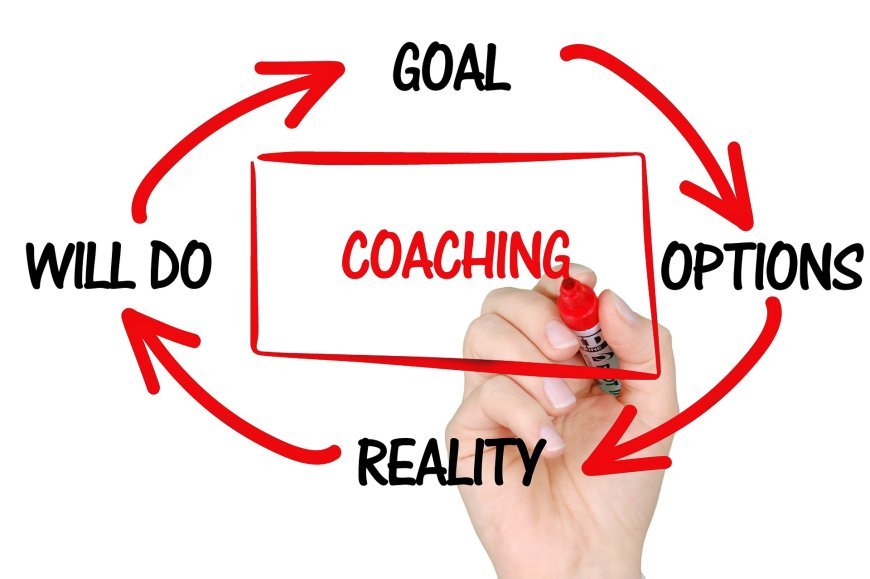*The Future of Instruction: Patterns and Innovations*
The instruction division is experiencing a critical change, driven by mechanical progressions and changing learner needs. In this article, we will investigate the future of instruction, highlighting patterns and developments that are forming the industry.
*The Future of Instruction: Patterns and Innovations*
The instruction division is experiencing a critical change, driven by mechanical progressions and changing learner needs. In this article, we will investigate the future of instruction, highlighting patterns and developments that are forming the industry. From online learning stages to fake insights, the instruction segment is advancing quickly, and it's basic to get suggestions for these changes.
*Virtual Reality in Instruction: A Progressive Approach*
Virtual reality (VR) is changing the instruction division by giving an immersive and intelligent learning involvement. With VR, understudies can investigate complex concepts in a more locked-in and viable way, driving to way better maintenance and understanding.
*Benefits of VR in Education*
1. *Immersive Learning*:
VR gives an immersive learning encounter, permitting understudies to investigate complex concepts in a more locked way.
2. *Expanded Engagement*:
VR increments understudy engagement and inspiration, driving superior scholastic performance.
3. *Progressed Maintenance*:
VR makes a difference understudies hold data way better, as they can encounter and connect with the subject matter in a more hands-on way.
4. *Personalized Learning*:
VR can be custom-fitted to a person's learning styles, giving a personalized learning involvement.
*Applications of VR in Education*
1. *Science and Innovation*:
VR can be utilized to mimic complex logical tests, permitting understudies to investigate and learn in a secure and controlled environment.
2. *History and Culture*:
VR can be utilized to reproduce authentic occasions and social encounters, giving understudies a more immersive understanding of the past.
*Challenges and Limitations*
1. *Fetched*:
VR hardware and programs can be costly, making it blocked off to a few instructive institutions.
2. *Specialized Issues*:
VR can be inclined to specialized issues, such as slack or glitches, which can disturb the learning experience.
3. *Substance Improvement*:
Creating high-quality VR substance that is adjusted with instructive guidelines can be a challenge.
*The Future of Instruction: A Unused Period of Learning*
The future of instruction is shining, and VR will play a critical part in it. VR can offer assistance to understudies to plan for future challenges, and its integration with other innovations can indeed give more imaginative and viable learning encounters.
*Effect of VR on Understudy Learning Outcomes*
Virtual reality improves understudy learning outcomes.
It makes a difference when understudies get complex concepts and move forward with their maintenance and engagement.
*Future Prospects of VR in Education*
The future of VR in instruction is shining. VR can offer assistance to understudies to plan for future challenges, and its integration with other advances can indeed give more imaginative and compelling learning encounters.
*Integration of VR with Other Technologies*
The integration of VR with other advances such as AI, AR, and blockchain can give indeed more inventive and compelling learning encounters. AI can personalize VR encounters, AR can give real-world applications, and blockchain can give secure and straightforward record-keeping.
*Research on VR's Impact*
Further, inquiring about VR's effect can offer assistance to us superior to get its benefits and challenges. Investigate can moreover offer assistance to us degree VR's viability and comes about in instruction.
*Modern Patterns and Innovations*
New patterns and developments in VR, such as standalone VR headsets, made strides in design and determination, and more practical encounters, can indeed give superior learning encounters for students.
*Conclusion*
In conclusion, VR is a progressive innovation in instruction that gives immersive and intelligent learning encounters. By understanding its benefits, applications, and challenges, we can open VR's potential in instruction and plan understudies for future challenges.
*Recommendations*
1. *Contribute to VR Foundation*:
Instructive teachers ought to contribute to the VR foundation, counting equipment and computer programs, to give understudies a consistent learning experience.
2. *Create High-Quality Substance*:
Designers ought to make high-quality VR substance that is adjusted with instructive benchmarks and meets the needs of students.
3. *Prepare Teachers*:
Teachers ought to be prepared to successfully coordinate VR into their instructing homes and to utilize VR to back study learning results.
What's Your Reaction?








